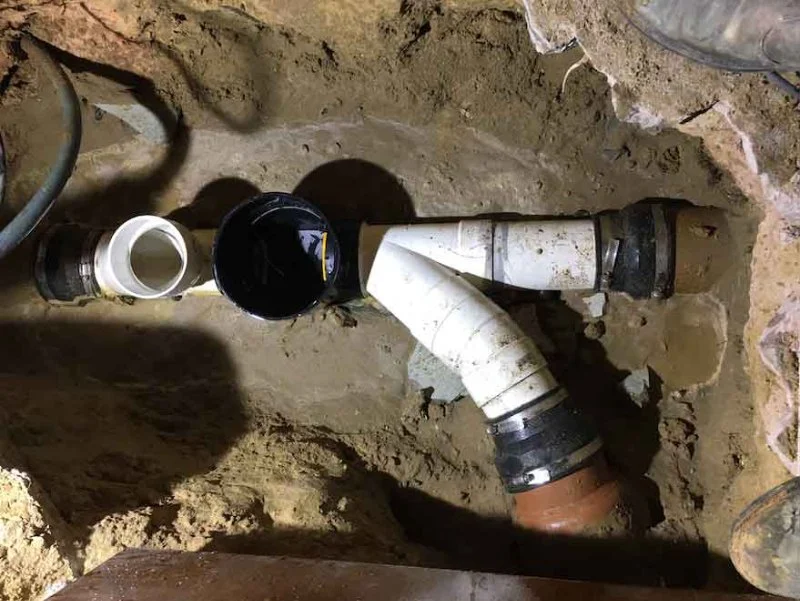
- 1. Introduction: Why Backwater Valves Are Important
- 2. Preparing for Backwater Valve Testing
- 3. How to Test Your Backwater Valve
- 4. Common Backwater Valve Issues and Fixes
- 5. How to Maintain Your Backwater Valve for Longevity
- 6. Conclusion: Ensuring Effective Sewer Protection
1. Introduction: Why Backwater Valves Are Important
Backwater valves are essential components in a home’s plumbing system, designed to prevent sewer water from flowing back into your home. This situation can occur during heavy rains or when the municipal sewer system is overwhelmed. Backwater valves act as a safeguard, protecting your home from water damage, foul odors, and costly repairs.
Knowing how to test a backwater valve in your sewer line can help ensure that it’s functioning correctly and providing the necessary protection. In this article, we’ll walk you through the process of testing your backwater valve, maintaining it, and addressing any issues you may encounter.
2. Preparing for Backwater Valve Testing
Before you begin testing your backwater valve, proper preparation is crucial. Here’s what you’ll need to do:
- Gather Tools and Materials: To test a backwater valve, you will need a few basic tools, including a wrench, a flashlight, gloves, and towels for any water spillage.
- Locate the Valve: Backwater valves are typically installed in the basement or crawl space, near the sewer line exit. Make sure you know where the valve is located before starting the test.
- Turn Off Water Supply: While testing, ensure that your water supply is turned off to avoid any accidents or messes during the process.
3. How to Test Your Backwater Valve
Once you have everything ready, you can begin testing your backwater valve. Follow these steps to ensure it’s working correctly:
- Open the Valve Access Cover: Use a wrench to remove the cover of the backwater valve. This will give you access to the interior mechanism of the valve.
- Check the Flap or Gate Mechanism: Backwater valves typically use a flap or gate to block water from flowing back. Check that the flap moves freely and seals tightly when closed.
- Simulate a Backflow: To test the valve, pour water into the sewer line access pipe. If the valve is functioning correctly, the flap should seal and prevent water from flowing back into your home.
- Inspect for Leaks: While testing, inspect the valve and surrounding area for any leaks. If you notice any leaks, the valve may need repairs or replacement.
- Close the Valve and Clean Up: After testing, be sure to securely close the valve access cover and clean up any water that may have spilled during the test.
4. Common Backwater Valve Issues and Fixes
While testing your backwater valve, you may encounter a few common issues. Here are some potential problems and how to address them:
- Clogged Valve: Over time, debris and grease can clog the valve mechanism, preventing it from closing properly. Regular cleaning can prevent this issue. If you find a blockage, clear it with warm water or a plumbing snake.
- Damaged Flap or Gate: If the valve flap or gate doesn’t seal tightly, it may be damaged. This issue requires replacing the flap or valve component.
- Corrosion: Corrosion can cause the valve to malfunction. If you see any signs of rust or corrosion, it’s important to replace the valve to maintain protection against backflow.
5. How to Maintain Your Backwater Valve for Longevity
Regular maintenance of your backwater valve is key to ensuring that it remains in good working condition. Here are some tips to keep your valve operating effectively:
- Annual Inspections: It’s important to inspect your backwater valve annually to check for any wear, debris, or buildup that could affect its function.
- Clean the Valve: Clean the valve mechanism regularly to prevent blockages and ensure smooth operation. Use a mild detergent and warm water for cleaning.
- Check for Proper Seals: Ensure the flap or gate seals properly every time you test the valve. A poor seal can lead to flooding in your home.
- Replace Worn Parts: Over time, parts of the valve may wear out, including the flap, gate, or seal. If you notice any parts that are damaged, it’s best to replace them to avoid a malfunction.
6. Conclusion: Ensuring Effective Sewer Protection
Testing and maintaining your backwater valve is essential to prevent costly sewer backups and water damage in your home. By regularly checking the valve’s functionality and performing routine maintenance, you can ensure that your home remains protected from sewer system malfunctions. If you encounter any issues during the testing process, don't hesitate to consult a professional plumber for repairs or valve replacement.
For the best products and services related to plumbing and backwater valves, visit Plumbers Supply Hub for top recommendations.


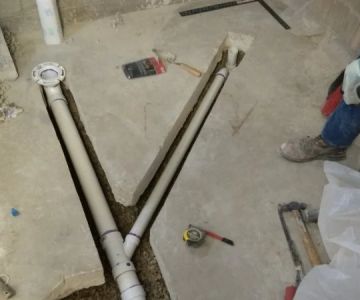
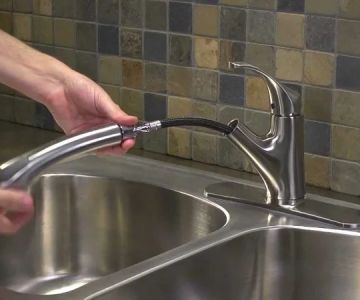
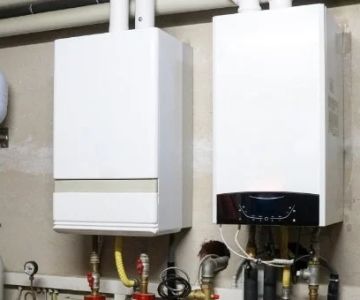


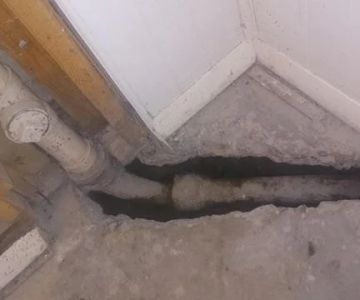
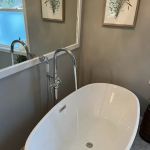 Oakland Plumbing LLC5.0 (17 reviews)
Oakland Plumbing LLC5.0 (17 reviews)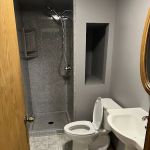 Midwest Plumbing & Service4.0 (7 reviews)
Midwest Plumbing & Service4.0 (7 reviews)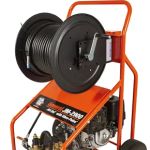 Moberly Plumbing4.0 (117 reviews)
Moberly Plumbing4.0 (117 reviews)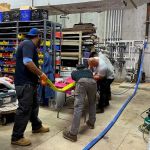 American Trenchless Technologies4.0 (8 reviews)
American Trenchless Technologies4.0 (8 reviews) Tony's Plumbing3.0 (12 reviews)
Tony's Plumbing3.0 (12 reviews)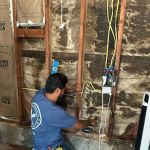 Socal Plumbing Co5.0 (5 reviews)
Socal Plumbing Co5.0 (5 reviews) How to Repair a Hairball Clog Without Harsh Chemicals
How to Repair a Hairball Clog Without Harsh Chemicals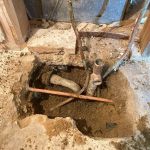 How to Repair a Junction That Is Leaking Under Slab: A Comprehensive Guide
How to Repair a Junction That Is Leaking Under Slab: A Comprehensive Guide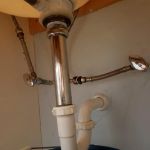 How to Replace a Sink Overflow Tube: A Complete Step-by-Step Guide
How to Replace a Sink Overflow Tube: A Complete Step-by-Step Guide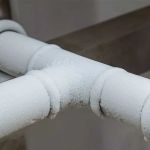 What Causes Frozen Pipes and How You Can Prevent It - Expert Tips
What Causes Frozen Pipes and How You Can Prevent It - Expert Tips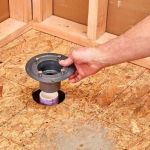 How to Replace a Shower Niche Drain: Step-by-Step Guide for Homeowners
How to Replace a Shower Niche Drain: Step-by-Step Guide for Homeowners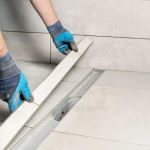 How to Replace an In-Wall Shower Drain: Step-by-Step Guide
How to Replace an In-Wall Shower Drain: Step-by-Step Guide